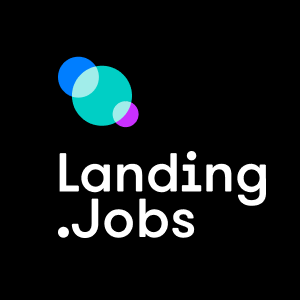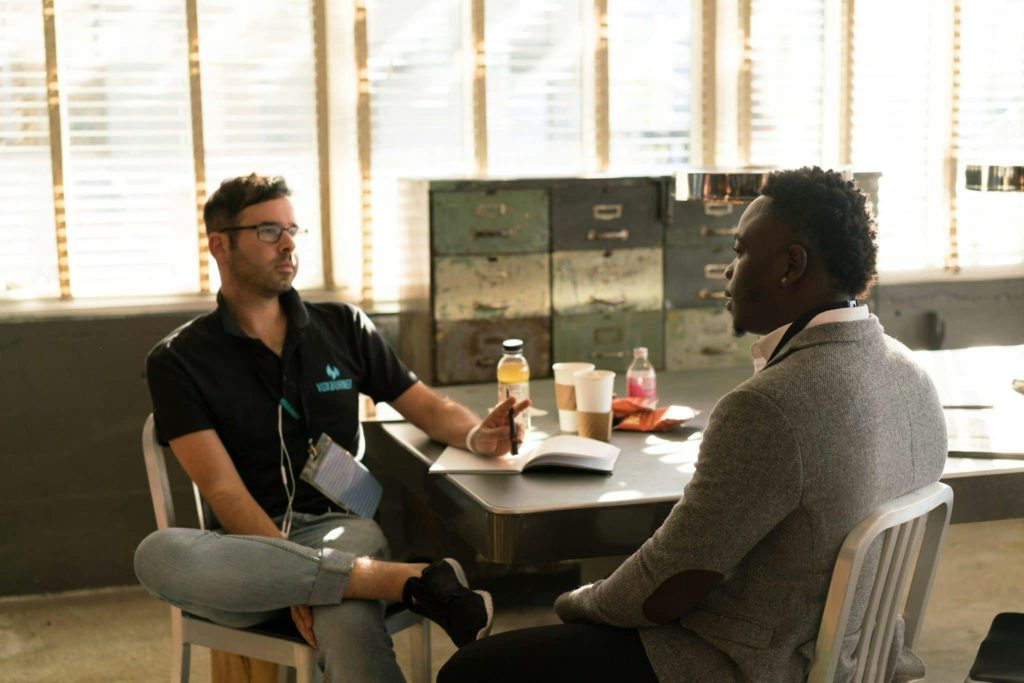However, making sure that human-AI collaboration is equitable, moral, and productive is one of the largest problems that teams and organisations face. Effectiveness, however, is dependent on how humans direct, monitor, and enhance algorithms in addition to their level of complexity.
Algorithmic efficiency and human discernment
AI provides consistency, accuracy, and speed. Data analysis and interview scheduling are two examples of high-volume, low-strategic-value tasks that it excels at. When set up correctly, it also lessens the impact of human prejudice, facilitating more impartial decision-making.
But it’s the human element that ensures context, ethics, and empathy in the process. While AI analyses patterns, people interpret details and nuances, assessing the cultural fit, recognising potential in non-linear paths, and considering qualitative factors that an algorithm cannot understand.
Effective collaboration results precisely from this complementarity: AI as an amplifier of efficiency; humans as drivers of fairness, interpretation, and final decision-making.
Challenges and risks in human-AI collaboration
Bias and discrimination
One of the main risks is the reproduction of biases. Algorithms trained with historical data can perpetuate inequalities, a risk in recruitment processes. Studies indicate that, without human supervision, the use of AI can significantly reduce diversity in hiring.
Lack of context and understanding of the big picture
AI tends to value linear paths and predictable patterns, dismissing factors like international experience, career transitions, or soft skills. The interpretation of these skills or leadership potential continues to depend entirely on human judgement.
Transparency and accountability
A lot of AI systems can’t explain why a profile was given priority or why a candidate was turned down. Risks to one’s reputation, ethics, and legal standing arise from this incapacity. Laws like the EU AI Act are already being put into place to make businesses more accountable, reaffirming that humans still bear the ultimate responsibility.
Good practices for effective collaboration
Define boundaries and responsibilities
Establishing clear boundaries between what is automated and what requires human judgement is the first step. An effective model might follow this logic:
- AI: initial data screening and analysis.
- Human: validation, interpretation, and final decision.
This separation avoids excessive dependence on technology, ensures greater control over the quality of decisions and a more balanced operation between teams within the company.
Promote regular audits and ethical management
Regular auditing guarantees adherence to legal requirements and makes biases detectable. Involving departments such as HR, technology, legal, and DEI in the study, creation, and assessment of AI systems enhances this ethical leadership.
Internal communication about AI use should be transparent in order to foster shared responsibility and trust.
Investing in AI literacy
Effective collaboration depends on understanding the technology and its capabilities. Teams that master the basics of AI, such as interpreting outputs or identifying limitations, use it more critically and efficiently.
Training in AI literacy and technological ethics should be complemented by analytical and interpretative skills. This training and upskilling should be continuous, given the constant evolution of the field.
Focusing on the human experience
One of the main issues has persisted since the advent of AI and its use in businesses and the workplace. Utilising automation can free up time for important human interactions and other important tasks.
In the decisive stages of a recruitment process, like interviews, feedback, or onboarding, the human judgement remains essential to ensure empathy and trust and to make decisions that are professionally ethical and contextualised. What distinguishes mature businesses in their AI adoption is the harmony between technological efficiency and human experience.
Effectiveness relies on balance
Effective collaboration between humans and AI does not result from the mere existence of advanced technology, but from intelligent coordination between both parties.
AI offers scale and precision; humans bring discernment, ethics and context. Organisations that master this integration (auditing, training and managing responsibly) will be far better prepared to build fairer, more agile and sustainable talent processes.
The work must be collaborative between people and machines, with clearly defined and aligned objectives.






0 Comments